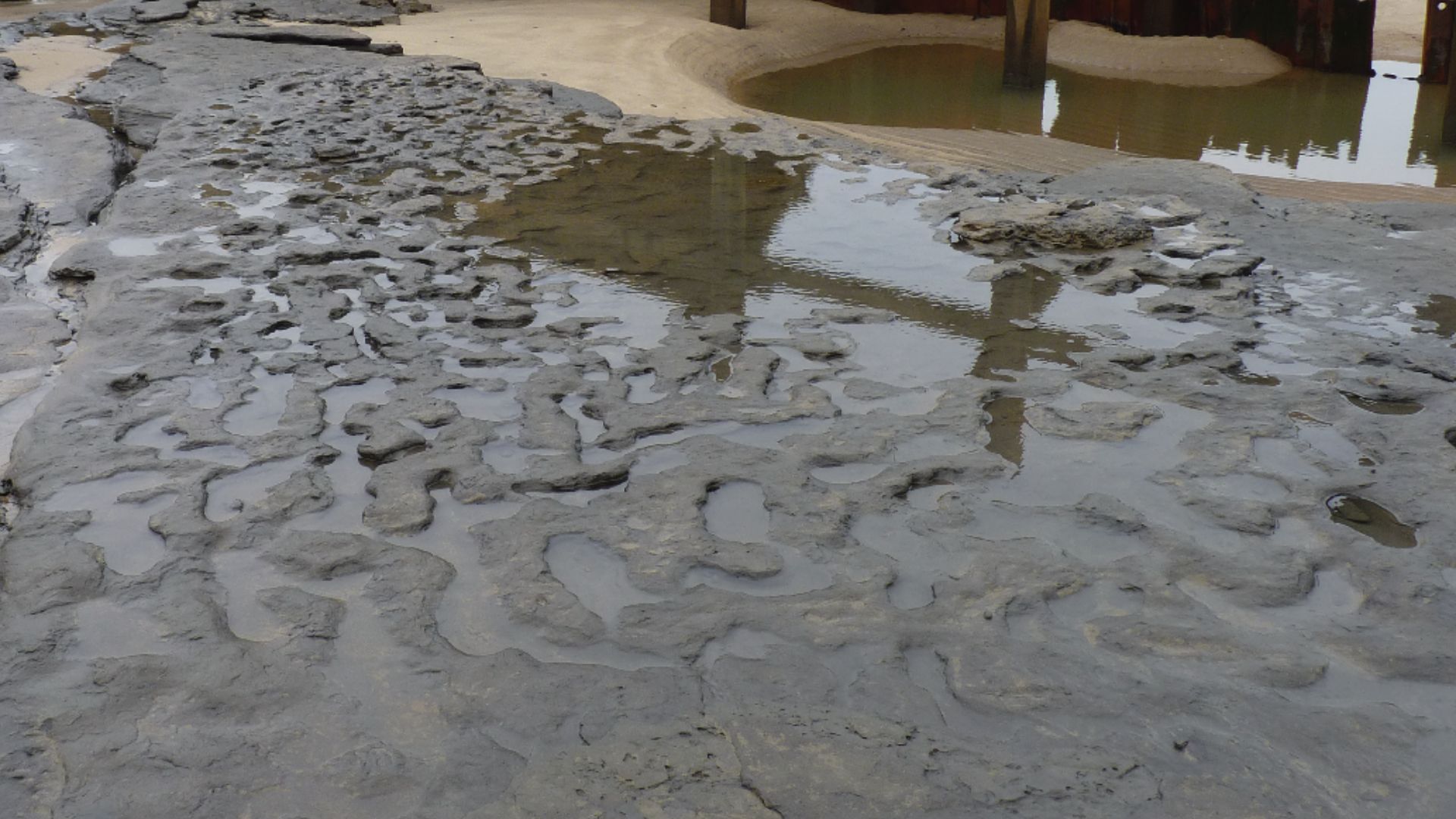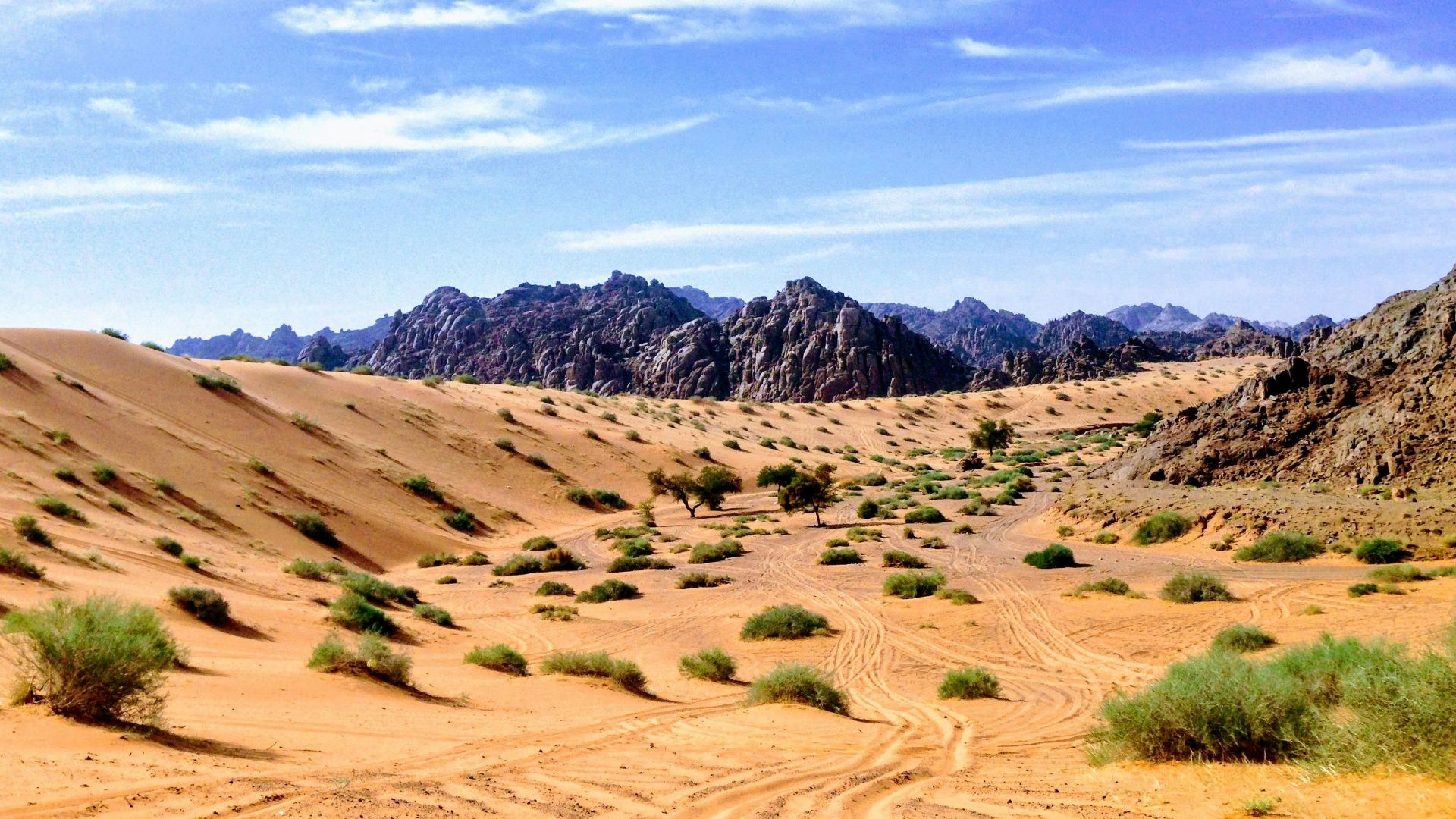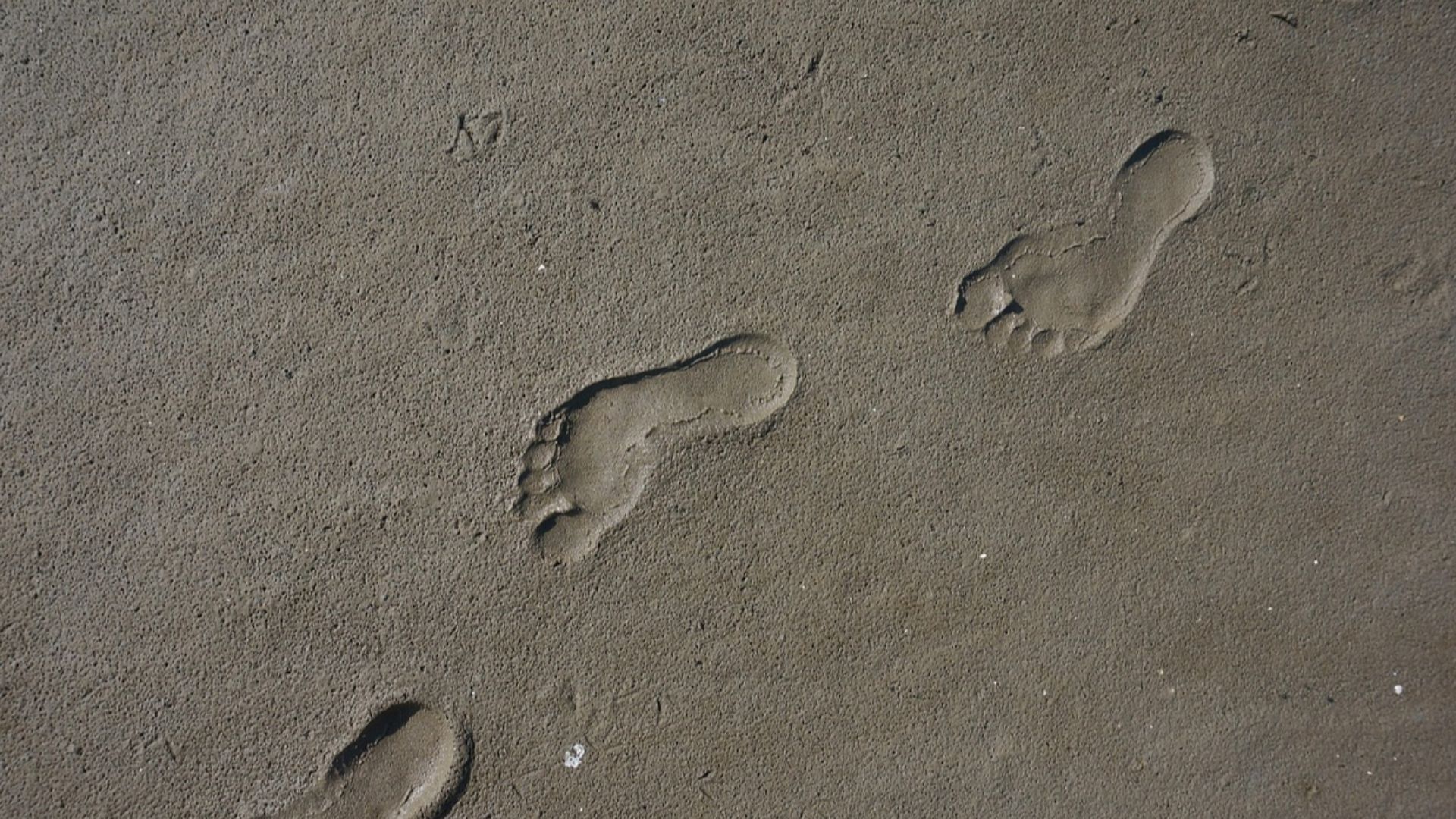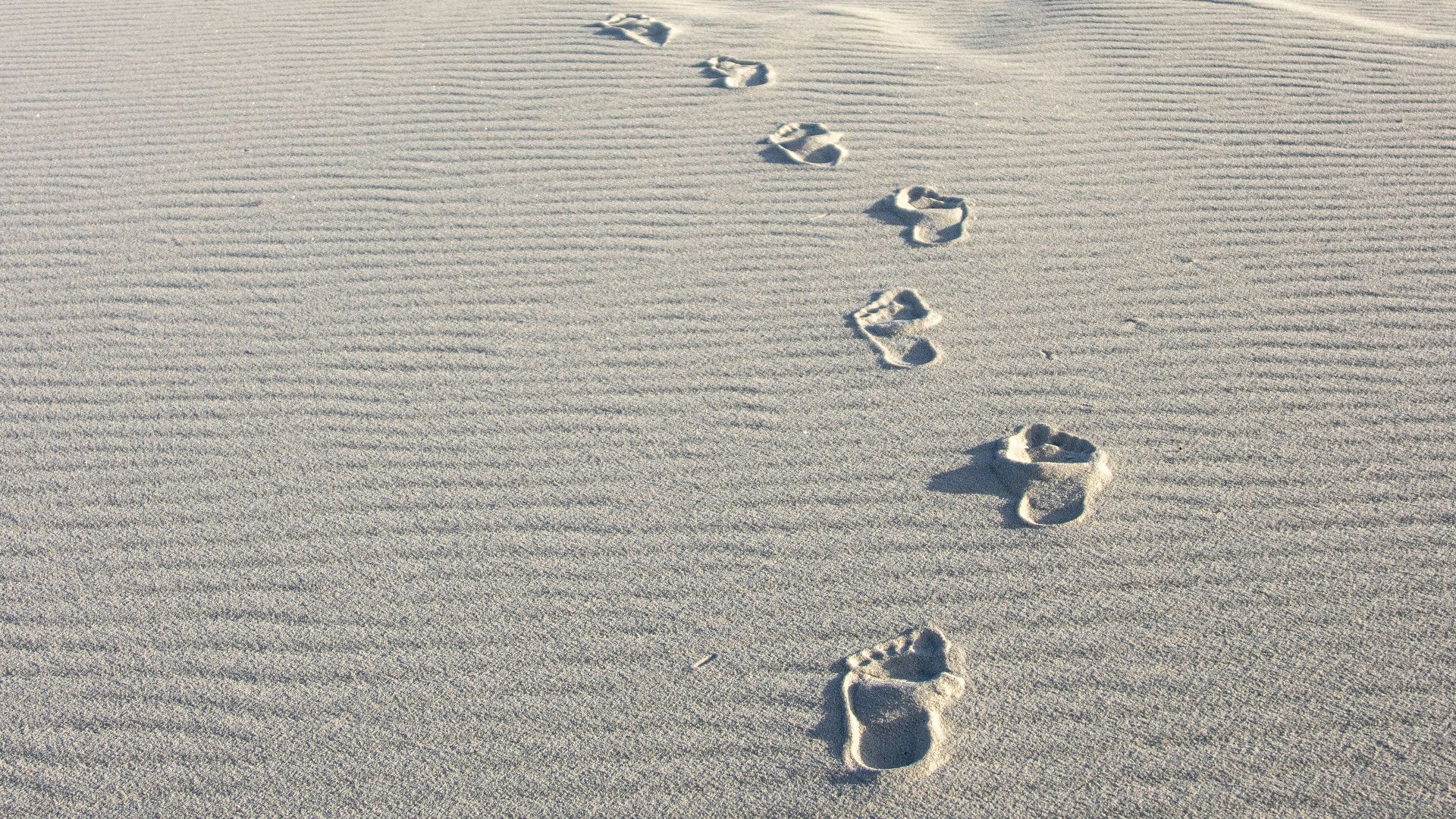Steps Through Time
Sometimes, the ground tells stories no one expected. Ancient footprints emerged from mud, sand, and time itself, each one quietly undoing what scientists thought they knew about when and how humans walked the Earth.

Unexpected Discoveries
Across the globe, researchers have been uncovering ancient human footprints where science said humans shouldn't have been. These tracks in Saudi Arabia, White Sands, New Mexico and Norfolk, England have forced archaeologists to rewrite the migration timelines we had built tracing humanity's origins.
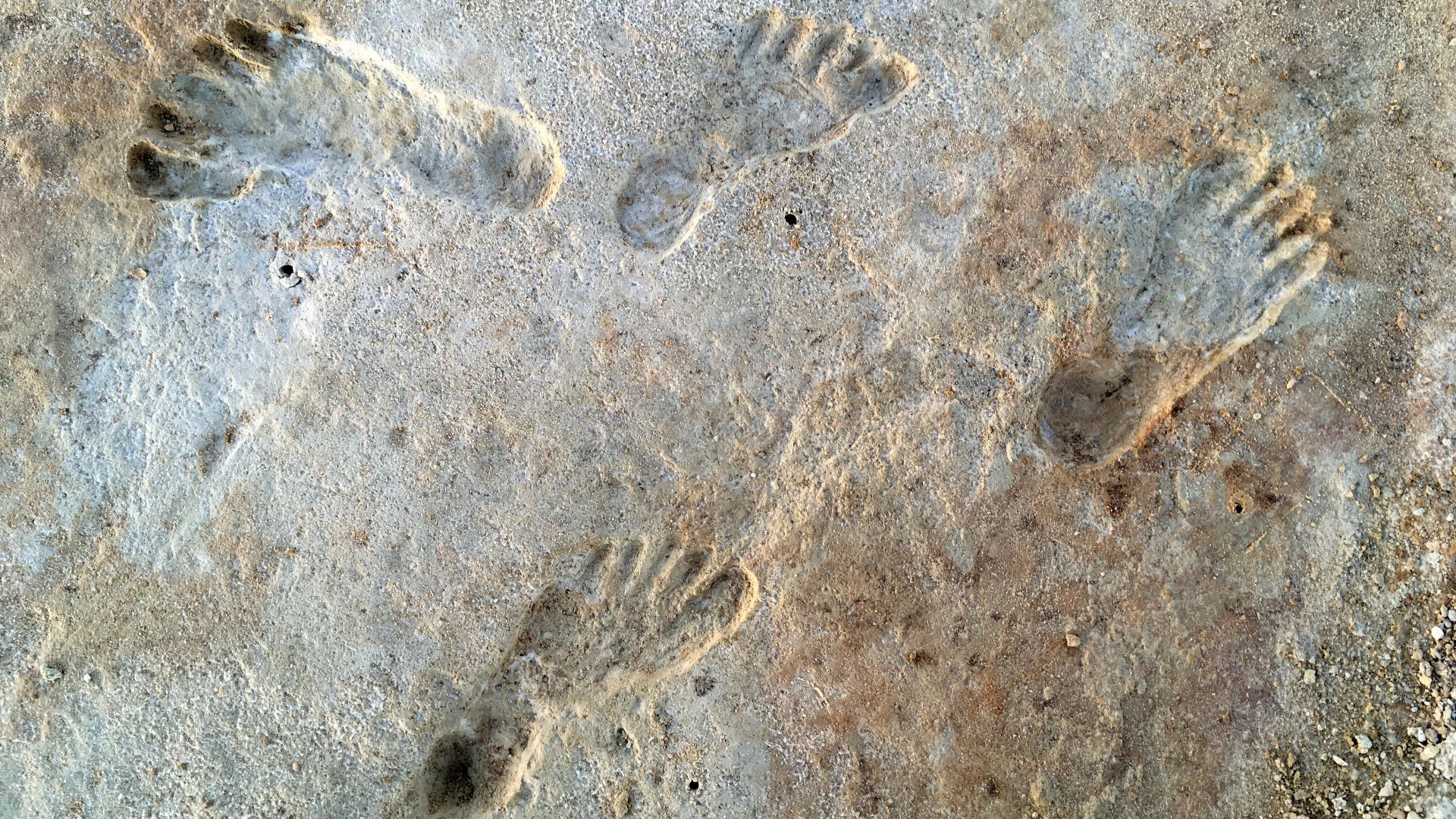 US Geological Service, Wikimedia Commons
US Geological Service, Wikimedia Commons
Timeline Revolution
Traditional migration models completely collapsed with these footprint discoveries. The foot prints found in White Sands, New Mexico potentially date to 23,000 years ago, challenging the Clovis-first theory that humans arrived in North America only 13,000 years ago.
Norfolk's 800,000-year-old prints predate previous European evidence by over 300,000 years.
 English: NPS, Wikimedia Commons
English: NPS, Wikimedia Commons
Happisburgh Findings
May 2013 brought extraordinary luck to Norfolk's eroding coastline. After a storm, archaeologists spotted mysterious hollows in the exposed sediment at low tide. These intriguing footprints belonged to at least five individuals, including children. Only two weeks later, the sea reclaimed the precious traces.
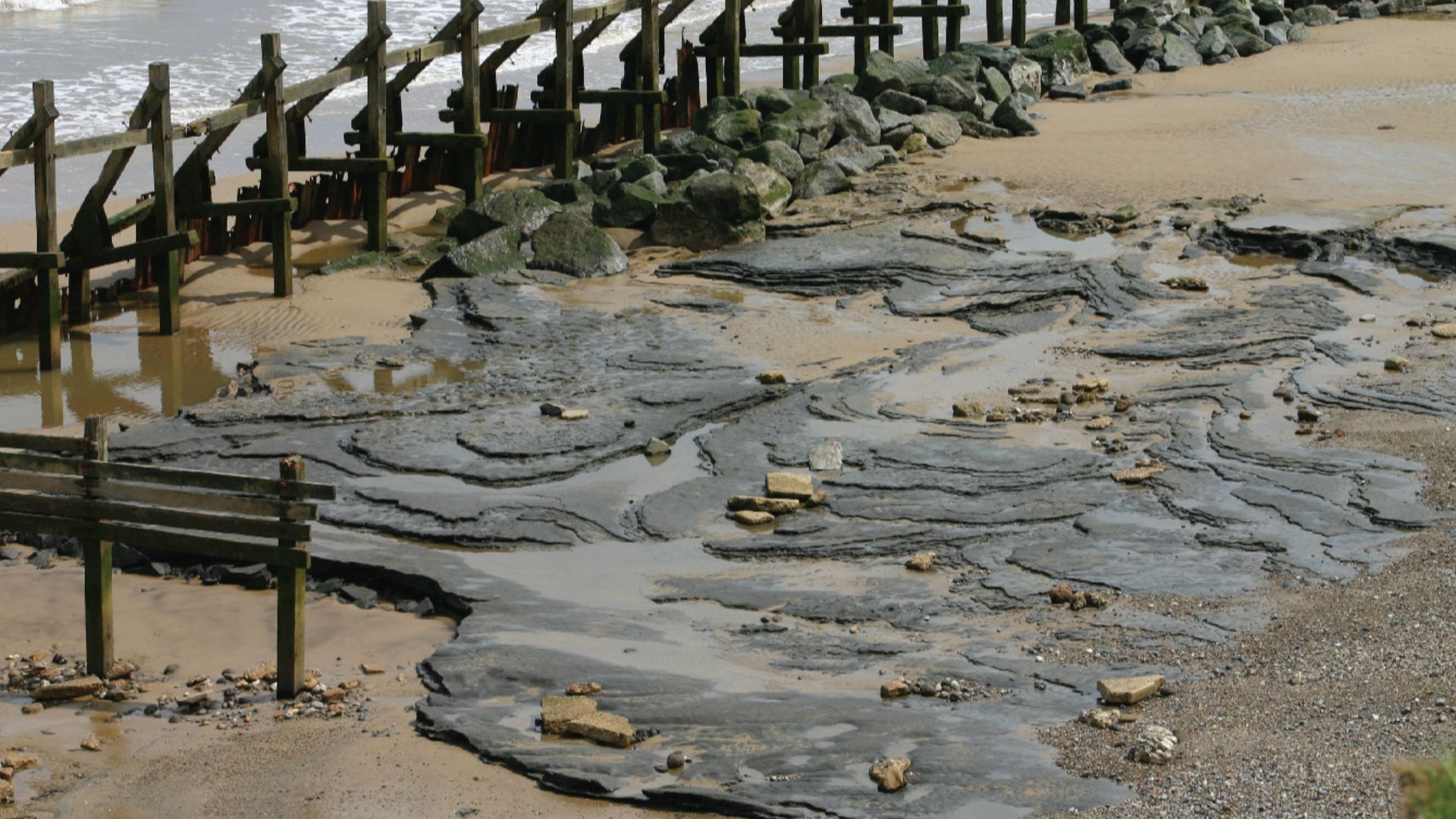 Martin Bates, Wikimedia Commons
Martin Bates, Wikimedia Commons
Norfolk Pioneers
The climate these ancient Happisburgh pioneers navigated resembled modern Scandinavia. Scientists long doubted humans could survive so far north during this period. Surrounded by pine forests in a grassy valley, these people shared their estuary home with mammoths, rhinos, giant deer, wolves, and hyenas.
Homo Antecessor
Who left those Norfolk footprints? The prime suspect is Homo antecessor or “Pioneer Man”. First discovered in Spain's Atapuerca Mountains, this species combines primitive and modern traits with a brain size of around 1,000 cubic centimeters. Their unique mix of features includes modern-looking flat faces.
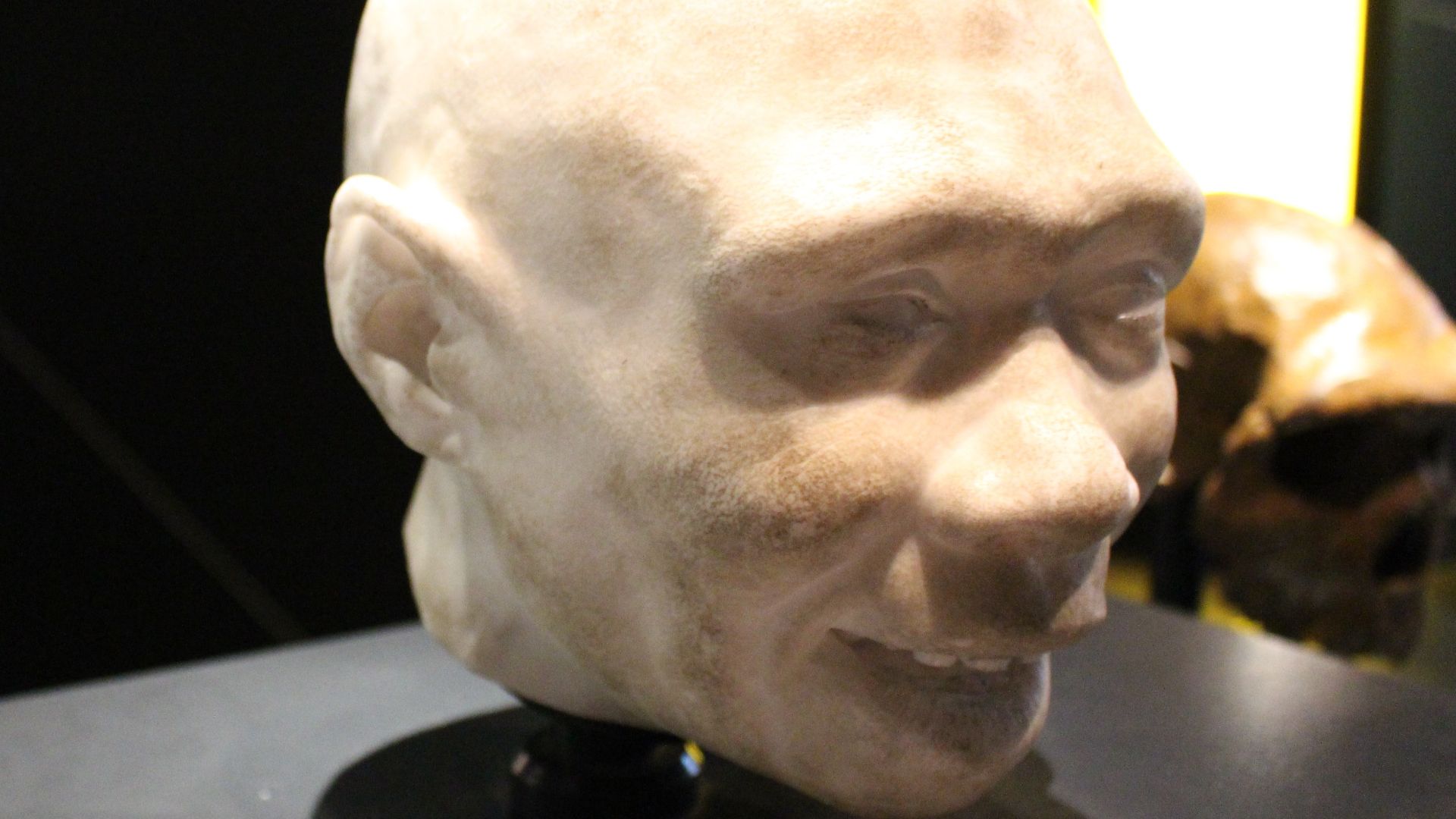 Emoke Denes, Wikimedia Commons
Emoke Denes, Wikimedia Commons
Ancient Britain
Happisburgh's environment 900,000 years ago looked nothing like today's coastline. It sat miles further inland, where the ancient Thames and Bytham rivers converged into a maritime bay. The footprint makers appreciated this location's abundant game, edible plants, and flint-rich river gravels.
Alathar Traces
The nickname "the trace" perfectly suits the Alathar lakebed in Saudi Arabia's Nefud Desert. Seven discrete human footprints emerged here in 2017 alongside 376 animal tracks, creating a prehistoric snapshot of life 120,000 years ago. Analysis suggests anatomically modern humans likely made them.
Saudi Sands
Today's harsh Nefud Desert once hosted a much more hospitable environment. During the last interglacial period, the region resembled an African savanna. Grassy corridors with freshwater lakes created natural pathways for migrating animals and the humans who followed them.
Migration Routes
These Saudi footprints offer critical evidence for competing Out-of-Africa migration theories. While most non-African humans descend from a mass exodus 60,000 years ago, smaller groups clearly ventured out much earlier. Some researchers favor a northern route through the Sinai Peninsula into the Levant.
 Vyacheslav Argenberg, Wikimedia Commons
Vyacheslav Argenberg, Wikimedia Commons
Water Sources
Thirst, not hunting, drove early humans to Alathar Lake. Researchers found no tool marks on animal bones or other signs of extended habitation around the lake. The ancient footprints suggest humans briefly visited during a dry period simply for drinking water.
Animal Companions
Elephant, camel, buffalo, and horse tracks surround the human footprints at Alathar, painting a vivid ecological picture. These species crafted natural highways that humans followed across challenging terrain. Unlike today's barren region, this environment supported large mammals that early humans encountered during their journeys.
White Sands
New Mexico's gypsum dunes hide an extraordinary prehistoric treasure—thousands of fossilized footprints spanning multiple time periods. Discovered in White Sands National Park, these prints were made along the shores of ancient Lake Otero. The human tracks appear in seven distinct soil layers.
 uncredited NPS employee, Wikimedia Commons
uncredited NPS employee, Wikimedia Commons
American Controversy
Fierce scientific debate erupted when researchers dated White Sands footprints to 21,000–23,000 years ago. Critics argued the aquatic plant seeds used for radiocarbon dating absorbed older carbon, skewing results. A 2023 study using tree pollen and quartz grain luminescence techniques corroborated the original dates.
Children's Footprints
The majority of White Sands prints came from teenagers and children, with few adult tracks among the excavated surfaces. One poignant set shows a woman or adolescent walking with a toddler for over a mile. Researchers believe teens and children performed "fetching and carrying" tasks near the lakebed.
Dating Techniques
How do scientists determine a footprint's age? Multiple complementary methods create reliable timelines. Radiocarbon dating measures carbon isotopes in organic materials. Optically stimulated luminescence analyzes quartz crystals whose properties change over time. Researchers also examine sediment layers and extinct animal remains.
 Yulia Kolosova, Wikimedia Commons
Yulia Kolosova, Wikimedia Commons
Preservation Conditions
Mud emerges as archaeology's unexpected hero. At White Sands, ancient humans walked through waterlogged mud called gley that turns blue-green when oxygen-deprived. In Norfolk, estuary mud preserved delicate arch and toe impressions. Saudi Arabia's lakebed mud captured prints before quickly hardening.
 Richard Webb, Wikimedia Commons
Richard Webb, Wikimedia Commons
Climate Clues
Footprints function as time capsules containing essential climate data. Happisburgh's prints formed in a variable climate that fluctuated between cooler periods similar to southern Scandinavia and more temperate intervals, as evidenced by pollen and insect remains.
Temporary Settlements
None of these footprint sites shows evidence of permanent habitation. The Saudi Arabian site lacks toolmaking debris or butchered bones. At White Sands, footprints indicate brief journeys across the landscape rather than settlements. The Happisburgh visitors left behind only footprints and scattered tools.
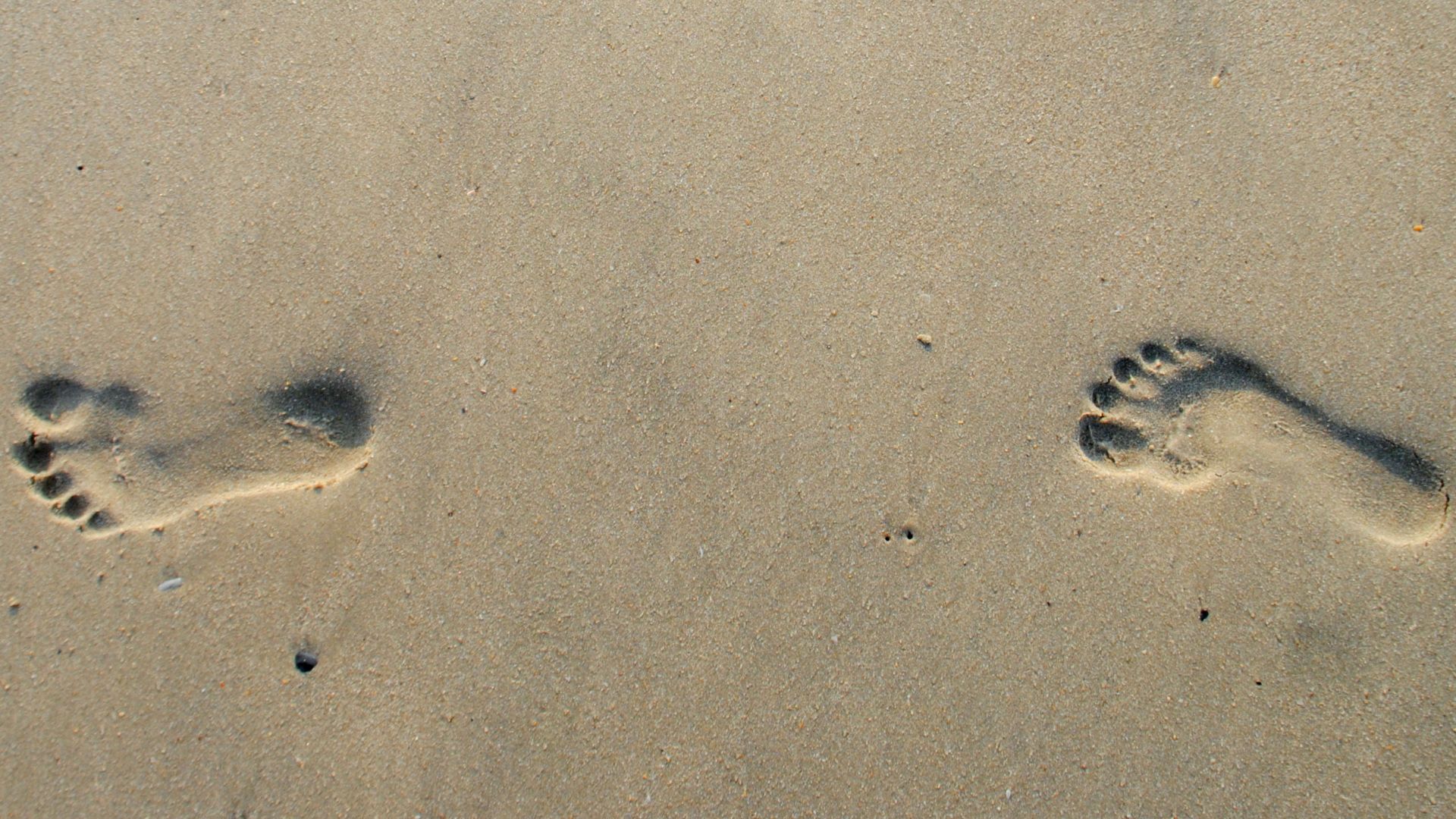 Augustus Binu/ www.dreamsparrow.net/ facebook, Wikimedia Commons
Augustus Binu/ www.dreamsparrow.net/ facebook, Wikimedia Commons
Archaeological Significance
Footprints offer uniquely intimate connections to ancient humans that artifacts cannot provide. They capture moments in time, a child being carried, hunters tracking prey, and individuals pausing to drink. They reveal height, weight, group composition, and walking patterns.
 Frank Kidner, Wikimedia Commons
Frank Kidner, Wikimedia Commons
Research Challenges
Time constraints plague footprint research. Norfolk's prints vanished within two weeks of discovery. Saudi Arabia's arid environment preserved tracks for millennia but modern erosion threatens newly exposed evidence. White Sands researchers race to document prints before wind and weather destroy them.
Environmental Reconstruction
Through analyzing sediments surrounding footprints, scientists rebuild entire prehistoric ecosystems. Pollen grains highlight vegetation types, from Norfolk's pine forests to White Sands' marshlands. Insect remains indicate temperature ranges and seasonal patterns. At Happisburgh alone, researchers identified 15 mammal species, 160 insect species, and over 100 plant species.
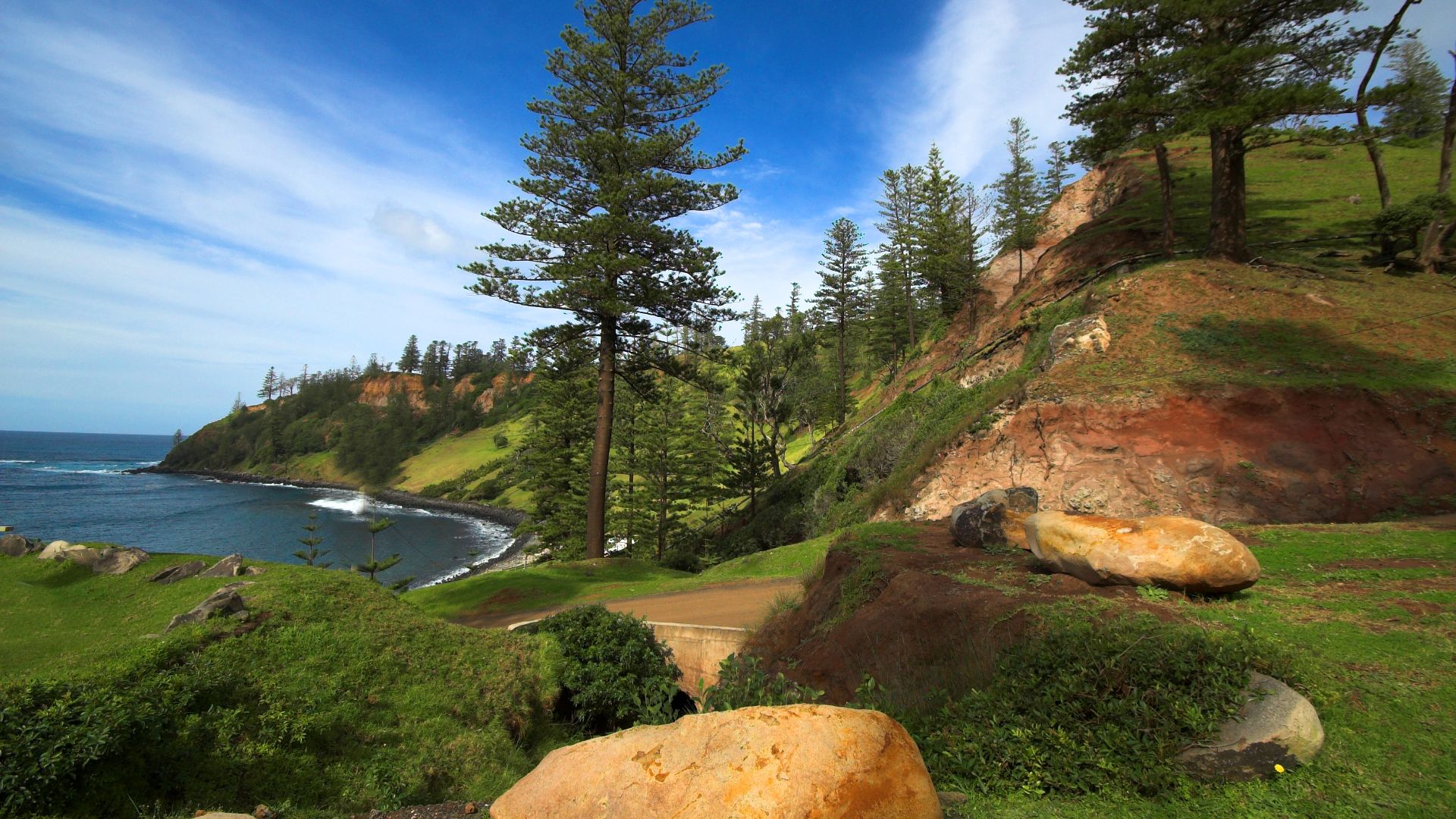 thinboyfatter, Wikimedia Commons
thinboyfatter, Wikimedia Commons
Tool Evidence
Flint tools discovered near Happisburgh's footprints show remarkably early technological adaptation. Between 2005–2010, archaeologists recovered 80 paleolithic implements dating to 950,000 years ago from the foreshore. White Sands yielded no tools directly associated with the footprints, fueling controversy about the site's interpretation.
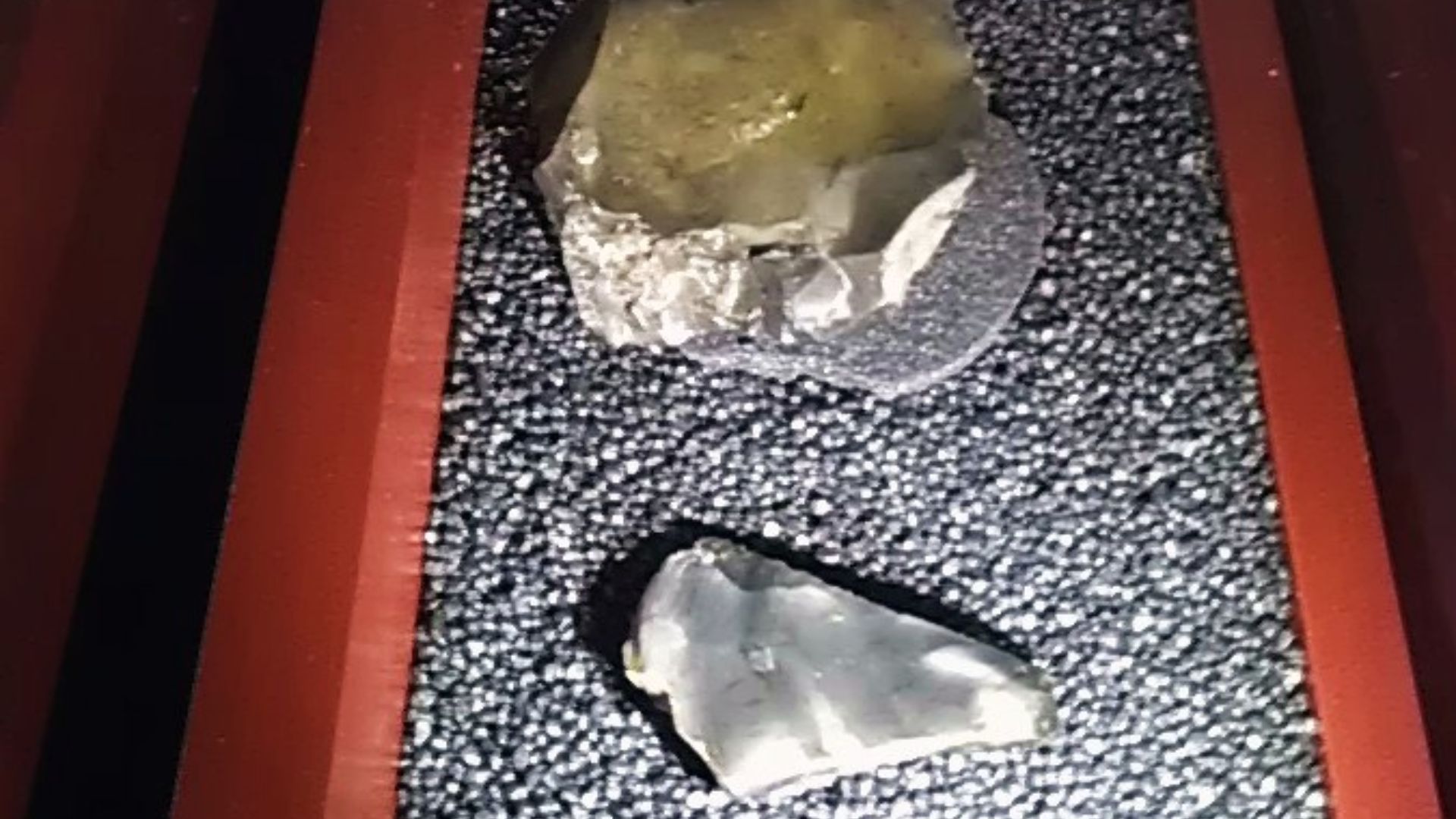 Ethan Doyle White, Wikimedia Commons
Ethan Doyle White, Wikimedia Commons
Vanishing Evidence
Coastal erosion acts as both destroyer and revealer of ancient footprints. Norfolk's coastline is among Britain's fastest-eroding areas, threatening sites while occasionally exposing new evidence. Saudi Arabia's shifting sands alternately conceal and reveal ancient lakebeds. Wind continuously reshapes White Sands' dune field, exposing or burying fragile imprints.
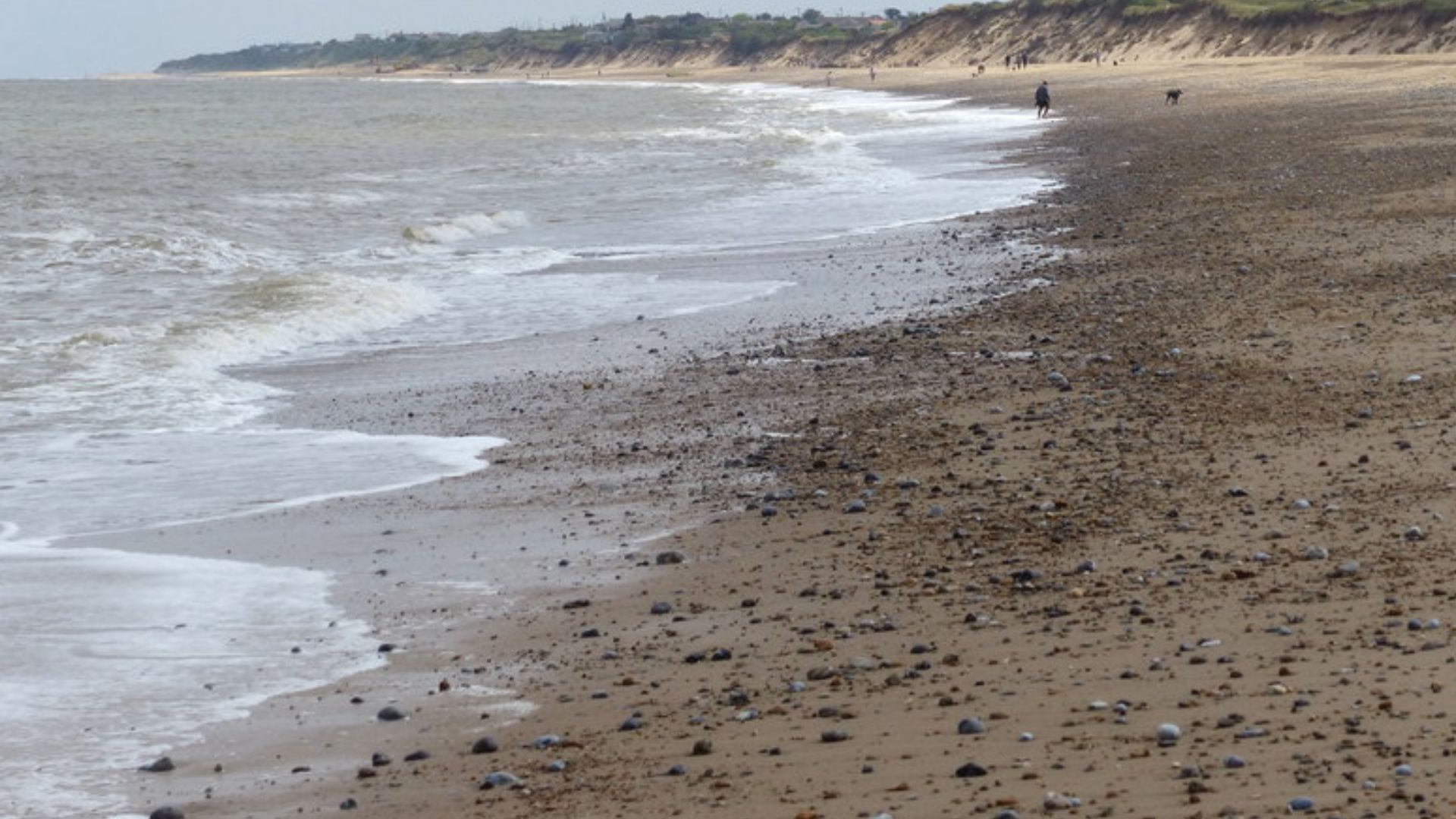 Mat Fascione, Wikimedia Commons
Mat Fascione, Wikimedia Commons
Scientific Methods
Modern technology turns fleeting footprints into permanent records. Researchers use photogrammetry to capture multiple images from different angles, creating detailed 3D models. Digital elevation models show subtle details invisible to the unaided eye. Sediment analysis determines precise environmental conditions that formed and preserved the prints.
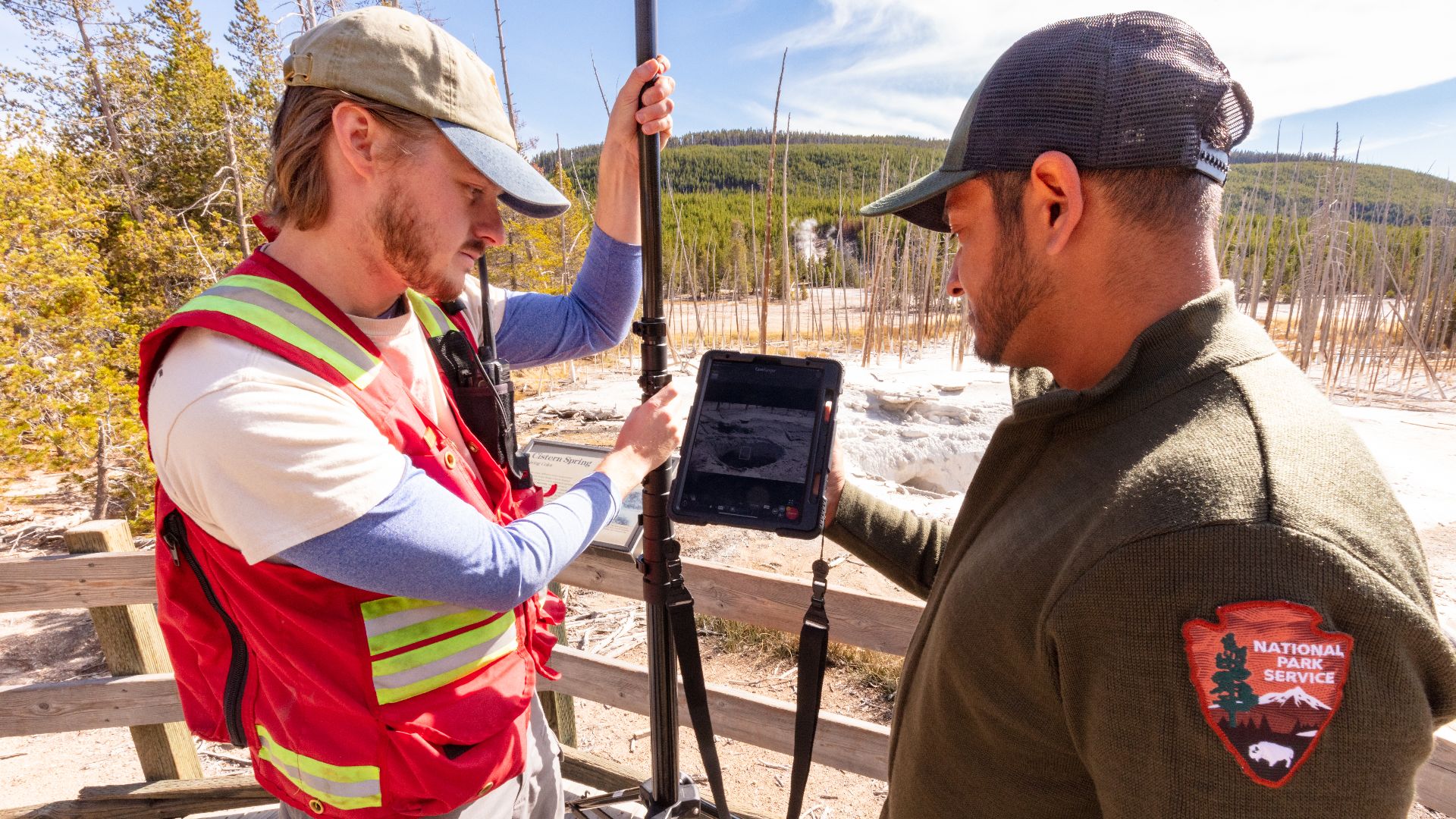 Jacob W. Frank, Wikimedia Commons
Jacob W. Frank, Wikimedia Commons


